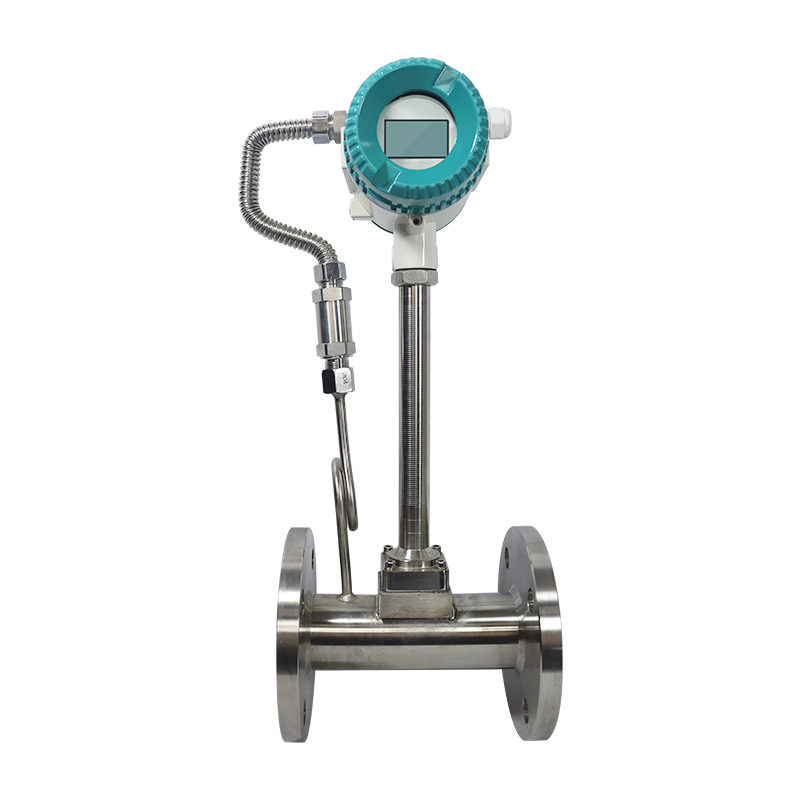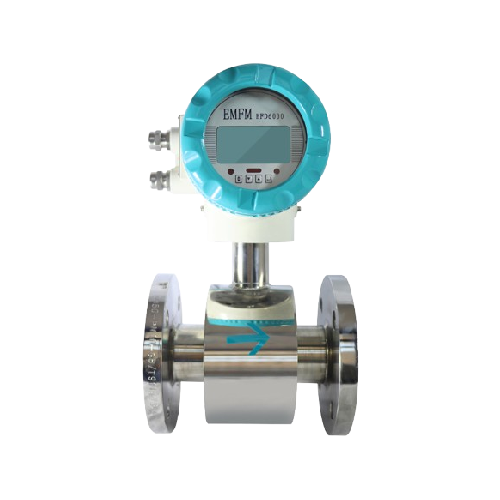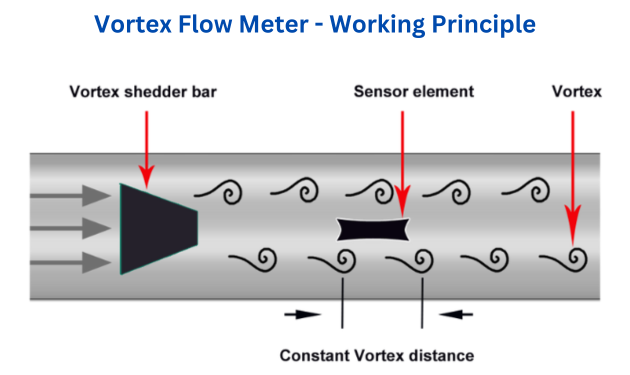Choosing the wrong water flow meter can result in inaccurate measurements, wasted resources, and increased maintenance costs.
Vortex flow meters are excellent for water measurement, offering accuracy up to ±0.5%, low maintenance, and reliable performance in clean water applications.

Vortex Flow Meter in Water Applications
Let me share my experience with vortex flow meters in water applications.
What is the Best Flow Meter for Water?
Many engineers struggle to select the most suitable water flow meter for their applications.
For water measurement, magnetic flowmeters, vortex meters, and ultrasonic meters are top choices, with vortex meters offering an excellent balance of accuracy and cost-effectiveness.

Water Flow Meter Comparison
From my water measurement experience:
Technology Comparison
-
Meter Types
Type Accuracy Initial Cost Maintenance Vortex ±0.5% Medium Very Low Magnetic ±0.2% High Low Ultrasonic ±1% High Low Turbine ±1% Low High -
Application Factors
- Installation requirements
- Operating conditions
- Maintenance needs
- Life cycle costs
Selection Guidelines
-
Key Considerations
- Flow range
- Pressure drop
- Space constraints
- Budget limitations
-
Performance Aspects
- Accuracy needs
- Turndown ratio
- Long-term stability
- Energy consumption
What is a Vortex Flow Meter Used For?
Understanding vortex meter applications helps avoid misapplication.
Vortex flow meters are ideal for measuring clean liquids, gases, and steam, particularly in utility applications like water, compressed air, and steam distribution.

Vortex Flow Meter Applications
Based on my field experience:
Application Areas
-
Common Uses
Medium Application Benefits Water HVAC Low maintenance Steam Boilers High temperature Air Compression Wide range Chemicals Process Chemical resistance -
Installation Requirements
- Straight pipe runs
- Flow conditioning
- Vibration isolation
- Process conditions
Best Practices
-
Design Considerations
- Size selection
- Material choice
- Installation planning
- Performance verification
-
Operational Aspects
- Startup procedures
- Maintenance schedules
- Calibration needs
- Troubleshooting guides
What is a Vortex Flowmeter for Liquid?
Many users don’t fully understand vortex meter operating principles.
A vortex flowmeter measures liquid flow by detecting vortices created by fluid passing around a bluff body, with frequency proportional to flow rate.

Vortex Flow Meter Operating Principle
Drawing from my technical expertise:
Operating Principles
-
Key Components
Component Function Importance Bluff Body Creates vortices Critical Sensor Detects vortices Essential Electronics Signal processing Important Housing Protection Necessary -
Working Process
- Vortex formation
- Signal detection
- Flow calculation
- Output generation
Performance Factors
-
Design Elements
- Bluff body shape
- Sensor type
- Signal processing
- Construction materials
-
Application Impact
- Reynolds number
- Fluid properties
- Installation effects
- Process conditions
How Accurate is a Vortex Flow Meter?
Accuracy expectations often determine meter selection.
Vortex flow meters typically achieve ±0.5% to ±1% of reading accuracy for liquids, with excellent repeatability and long-term stability.

Vortex Flow Meter Accuracy
Based on my measurement experience:
Accuracy Factors
-
Performance Metrics
Parameter Typical Value Influence Factors Accuracy ±0.5% Installation Repeatability ±0.1% Process Turndown 20:1 Fluid Stability Long-term Maintenance -
Influencing Factors
- Installation quality
- Process conditions
- Maintenance practices
- Calibration frequency
Optimization Tips
-
Installation Guidelines
- Proper sizing
- Straight runs
- Support methods
- Isolation requirements
-
Maintenance Practices
- Regular inspection
- Cleaning procedures
- Calibration checks
- Performance monitoring
Conclusion
Vortex flow meters offer reliable, accurate water measurement with minimal maintenance, making them an excellent choice when properly selected and installed according to application requirements.
